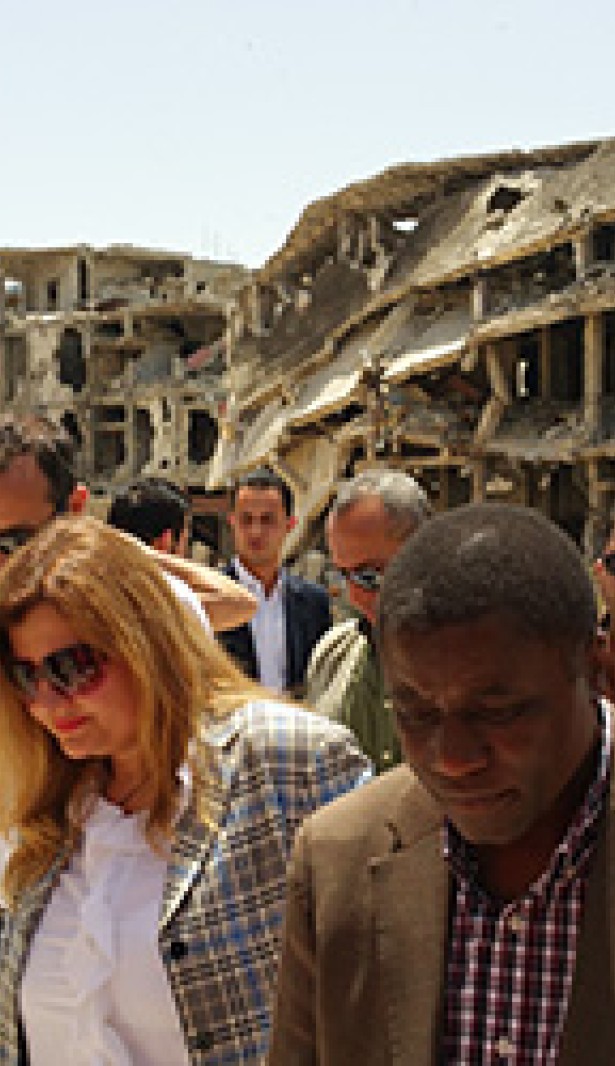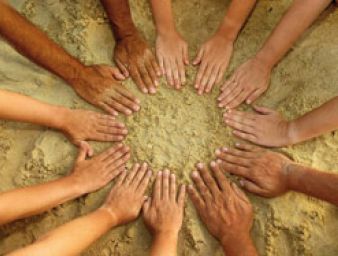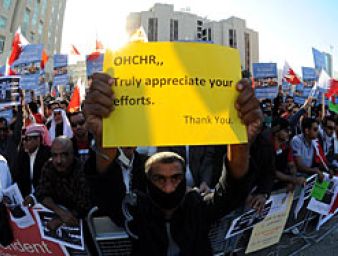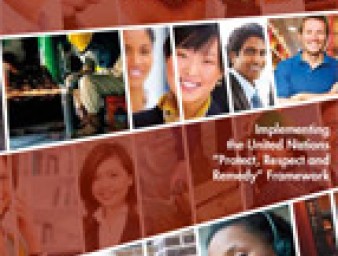UN migration summit must consider internally displaced persons – UN expert
09 September 2016
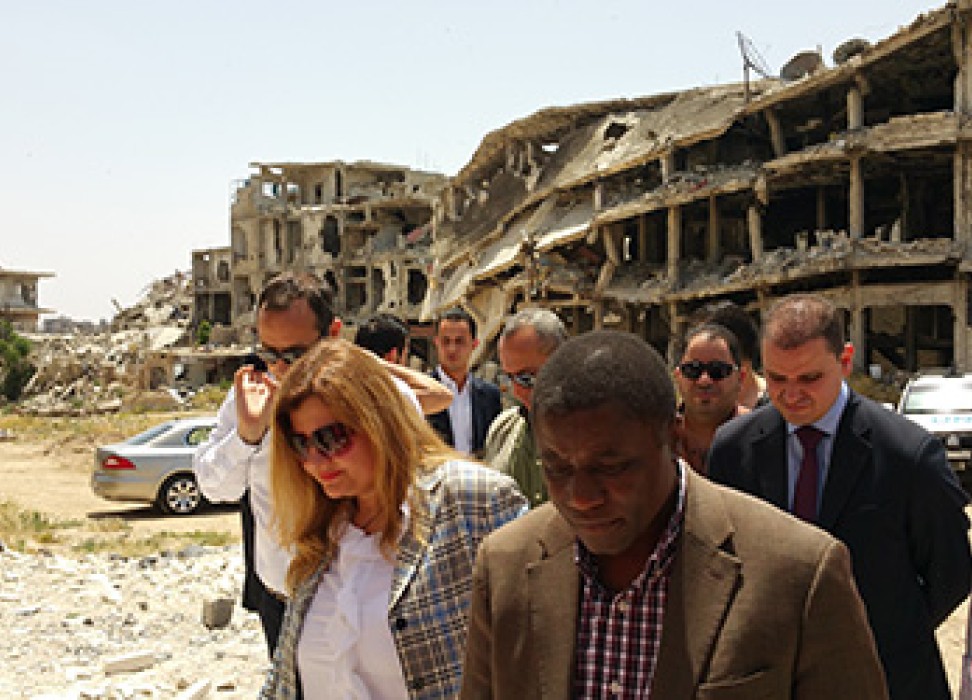
As world leaders ready to converge on New York to address large cross-border movements of refugees and migrants, attention should be given by participants to the protection, human rights and durable solutions for those displaced within their countries, said UN expert on internally displaced persons (IDPs), Chaloka Beyani.
The expert highlighted that those already forced to flee their homes yet remaining in their countries – estimated to be more than 40 million people across the globe displaced due to conflict alone – constitute a highly vulnerable population who often survive in the most difficult conditions for extended periods of time. He points out that without addressing root causes, prevention, and effective internal protection, today's internally displaced persons will be tomorrow's refugees and trafficked or smuggled migrants.
“Many of those who have crossed international borders were first displaced within their countries by conflict. Where IDPs are not adequately protected physically and remain in conditions of insecurity, socio-economic deprivation, including inadequate housing and food, education, health care and livelihood opportunities, and with little prospect of sustainable solutions for them, particularly in situations of conflict, they usually look beyond national borders for solutions,” he said.
“The decision to flee one's country is not an easy one to make. Every person whose life or physical safety may be in danger has the right to claim asylum in another country,” Beyani emphasized. “However, in many of the countries that I have visited with large displaced populations, more could be done to provide protection within and create reasons to stay that outweigh the reasons to leave.”
According to the expert that means as quickly as possible creating the conditions of stability, safety, protection and assistance, which would require essential steps by national authorities to merge humanitarian assistance and development approaches.
“In post-conflict situations and even where conflicts are ongoing, important measures can be taken to assist IDPs to take steps towards self-reliance and resilience, including skills training, livelihoods, cash-for-work programmes, or assistance to set up small business initiatives,” he said. “What is vital is to consult IDPs, learn about their capacities and desires and treat them as partners, not only beneficiaries.”
“Too often IDPs are still living in camps or other temporary shelter with no income months or even years after their displacement. They often tell me that their preference is to stay and to rebuild their homes and livelihoods, but with little or no prospects to do so, their safety and lifesaving opportunities exhausted, they opt for other solutions in neighbouring countries or other regions.”
Beyani, who has visited countries including Afghanistan, the Central African Republic, the Democratic Republic of Congo, Iraq, Nigeria, South Sudan and Syria, recognized that the political will to prevent and end conflict is key to reducing forced internal displacement which is frequently the first stage in a process leading to refugee and migrant flows.
The expert drew attention to the recent World Humanitarian Summit held in Istanbul in May 2016 which gave significant attention to IDPs and called for a new approach to their protection, as well as proposing a target to reduce internal displacement in a safe and dignified manner by 50 per cent by 2030.
He will present a report to the General Assembly’s 71st session in October 2016 in which he sets out numerous proposals for States and humanitarian and development partners on how to achieve this ambitious goal through prevention and the achievement of durable solutions for IDPs.
9 September 2016
On 19 September 2016, the United Nations General Assembly will convene a Summit for Refugees and Migrants in light of the need for greater international solidarity in response to large movements of migrants and refugees. This is the second article in a series covering the issue of migration and human rights ahead of the UN Summit.
